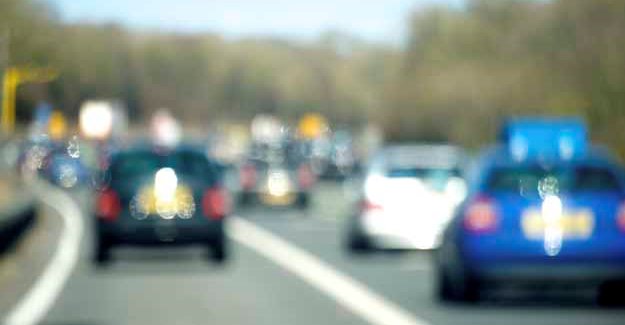5,500 miles of road without voice signal
There are still more than five and a half thousand miles of road in Britain where drivers would find it impossible to call for help in case of a crash or breakdown because there is no mobile phone voice coverage from any network provider.
The stretches of road – measuring 5,540 in total – represent 2% of the length of Britain’s overall road network – which is 245,705 miles long.
According to the RAC Foundation analysis, further 44,368 miles of road (18%) have only partial voice coverage meaning there are many areas where some but not all phones will receive a signal depending on the service provider they rely on.
Those local authority areas with the most miles of road with no voice coverage are:
- Highland (910 miles of road with no voice coverage)
- Powys (411 miles)
- Argyll & Bute (388 miles)
- Cumbria (296 miles)
- Dumfries & Galloway (266 miles)
- North Yorkshire (219 miles)
- Gwynedd (213 miles)
- Na h-Eileanan Siar (207 miles)
- Scottish Borders (192 miles)
- Devon (190 miles)
In all, 90 local authority areas will have one or more stretches of road where there is no voice signal available.
There are currently four mobile network providers: EE, O2, Vodafone and Three. These networks also provide services for third parties. For example, Virgin Mobile, Asda Mobile and BT Mobile use the EE network.
If a mobile phone user is in a location where his/her mobile phone network provides no coverage but another network does then an emergency call can still be made from that phone.
If there is no network coverage from any of the four providers then not even an emergency call can be made.
When it comes to data – meaning at least 3G and possibly 4G – access, there are 5,452 miles of road with no coverage at all and a further 66,619 miles with only partial coverage.
As for those looking for the fastest access to the internet and data services, 13,948 miles of the road network have no 4G coverage at all, while 107,187 miles have only partial coverage.
| Miles (%) of road in Britain with… | |||
| Full network coverage
(a signal is available from all four providers) |
Partial network coverage
(a signal is available from at least one but no more than three of the four providers) |
No network coverage
(no signal is available from any of the four providers) |
|
| Voice | 195,797
(80%) |
44,368
(18%) |
5,540
(2%) |
| Data | 173,635
(71%) |
66,619
(27%) |
5,452
(2%) |
| 4G | 124,570
(51%) |
107,187
(44%) |
13,948
(6%) |
Note: in the table above ‘Data’ means at least 3G is available and possibly 4G.
According to Ofcom 94% of UK adults own/use a mobile phone and 76% of adults have a smartphone.
Steve Gooding, director of the RAC Foundation, said:
“The good news is that mobile coverage has improved a great deal across our road network. On our motorways, which carry around a fifth of all traffic, every mile should now have voice and basic data coverage plus a 4G signal for all but a couple of miles.
“As rapidly as the technology has advanced, so too have our expectations of enjoying uninterrupted connectivity.
“Hopes are high that autonomous and connected vehicles will make our roads safer and help cut congestion, but that is dependent on those vehicles being able to communicate with each other and the infrastructure around them. This analysis shows that there is still work to be done to make constant and comprehensive coverage a reality.”
ENDS
Contact:
Philip Gomm – Head of External Communications – RAC Foundation
[email protected] | 020 7747 3445 | 07711 776448 | 020 7389 0601 (ISDN)
Notes to editors:
The RAC Foundation is a transport policy and research organisation that explores the economic, mobility, safety and environmental issues relating to roads and their users.
The Foundation publishes independent and authoritative research with which it promotes informed debate and advocates policy in the interest of the responsible motorist.
All the Foundation’s work is available at: www.racfoundation.org
The data used in this analysis comes from Ofcom’s annual Connected Nations report which can be found here: https://www.ofcom.org.uk/research-and-data/multi-sector-research/infrastructure-research/connected-nations-update-spring-2018



